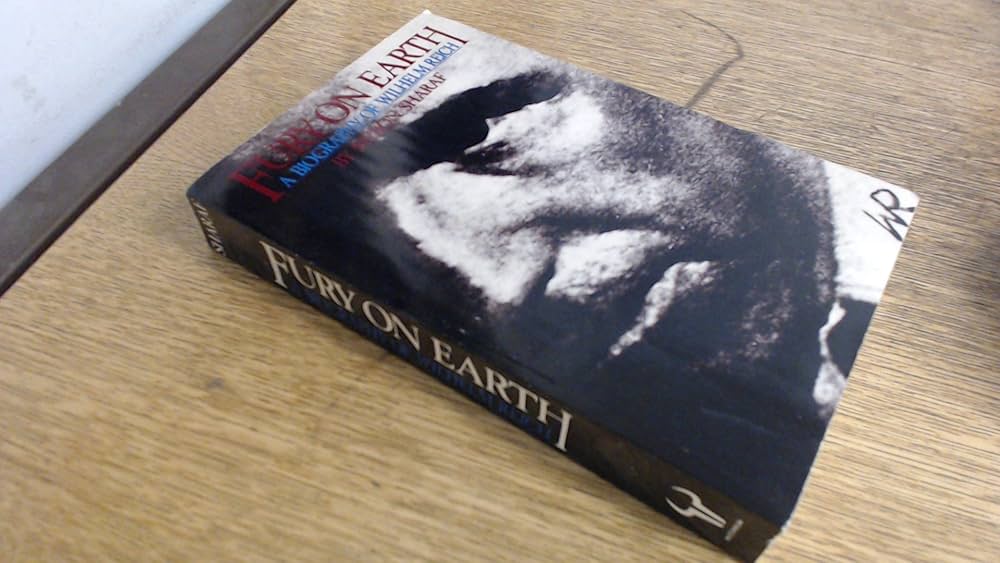Marie Curie – A Biography PDF Summary (Human Written, Easy Indian English)
Marie Curie is one of the most inspiring women in world history. She was not only a brilliant scientist but also a woman who broke barriers in a male-dominated field. Her biography is a journey of courage, hard work, and passion for science. This summary of Marie Curie – A Biography PDF will help you understand her life, her struggles, and her great achievements in simple and easy language.
Early Life and Education
Marie Curie was born on 7 November 1867 in Warsaw, Poland. Her real name was Maria Sklodowska. She came from a poor but educated family. Her father was a teacher who taught mathematics and physics. From a very young age, Marie loved learning and wanted to study science. But in Poland, girls were not allowed to go to higher education institutions at that time.
To continue her studies, she secretly attended an underground school known as the “Flying University”. She worked as a private tutor to earn money for her education. Marie’s dream was to study in Paris, and after years of hard work, she finally moved to France in 1891. She joined the University of Paris (Sorbonne) and studied physics and mathematics. It was a tough time for her. She lived in small rooms, sometimes without enough food or heating, but her dedication never faded.
Meeting Pierre Curie and Marriage
During her research work in Paris, Marie met Pierre Curie, a talented French physicist. They shared a love for science, and soon they fell in love with each other. The two married in 1895, becoming one of the most famous scientific couples in history. Together, they started working on experiments that changed the world of physics and chemistry forever.
Marie and Pierre were not rich, but they shared a deep passion for discovering new things. Their teamwork and understanding made them a strong pair, both personally and professionally.
Discovery of Radium and Polonium
The biggest turning point in Marie Curie’s life came when she began researching a mysterious phenomenon called radioactivity. During her experiments, she discovered two new elements — Polonium (named after her homeland Poland) and Radium.
These discoveries were revolutionary. They helped in developing X-rays and in understanding the atomic structure of matter. The hard part was that Marie and Pierre had to process tons of pitchblende (a mineral) to get a small amount of radium. They worked long hours in a small lab with no proper safety measures.
Marie Curie’s discovery of radioactivity became a foundation for modern physics and medical research. Her work opened doors to cancer treatments using radiation, which has saved millions of lives today.
Winning the Nobel Prize
In 1903, Marie Curie, Pierre Curie, and Henri Becquerel were jointly awarded the Nobel Prize in Physics for their research on radiation. This made Marie Curie the first woman ever to receive a Nobel Prize.
Tragically, Pierre died in 1906 in a street accident. Marie was deeply shocked but decided to continue their work alone. She took Pierre’s teaching position at the University of Paris, becoming the first female professor there.
In 1911, she won her second Nobel Prize, this time in Chemistry, for discovering radium and polonium. Till today, she remains the only person in history to win Nobel Prizes in two different scientific fields.
Later Life and Legacy
After her husband’s death, Marie Curie dedicated her life completely to science. During World War I, she helped develop mobile X-ray units, known as “Little Curies,” which helped doctors treat wounded soldiers. She trained many young women to operate the X-ray machines on the battlefield.
Even though she became world-famous, Marie remained humble and simple. She never patented her discovery of radium, believing that science should serve humanity, not profit. Her dedication inspired many women to enter the world of science.
Unfortunately, due to long exposure to radiation without safety equipment, her health started to decline. Marie Curie passed away on 4 July 1934, from aplastic anemia, a disease caused by radiation exposure.
Her body was later buried in the Panthéon in Paris, an honor given to France’s greatest citizens. Today, her name is a symbol of courage, brilliance, and sacrifice.
Marie Curie’s Contribution to the World
Marie Curie changed the world in many ways. Her discoveries led to major advances in medicine, physics, and chemistry. She opened doors for women scientists across the world. Her biography is not just about science — it is about the power of determination, love, and human spirit.
Even today, her life story continues to inspire millions. Schools, laboratories, and awards are named after her. Reading Marie Curie – A Biography PDF gives us hope that with strong willpower, even the biggest barriers can be broken.
Key Lessons from Marie Curie’s Life
-
Never give up, even when life gets hard.
-
Education is the real power that can change destiny.
-
Hard work and honesty always bring success.
-
Gender should never decide dreams.
-
Serve humanity through your knowledge.
Conclusion
Marie Curie’s life story is a perfect example of how one woman’s passion for science transformed the world. From her struggles in Poland to her Nobel-winning discoveries in France, every chapter of her biography teaches us something valuable.
Reading Marie Curie – A Biography PDF helps us understand not only her scientific brilliance but also her inner strength and humanity. Her journey from a poor student to one of the greatest scientists ever is an inspiration for every dreamer.









